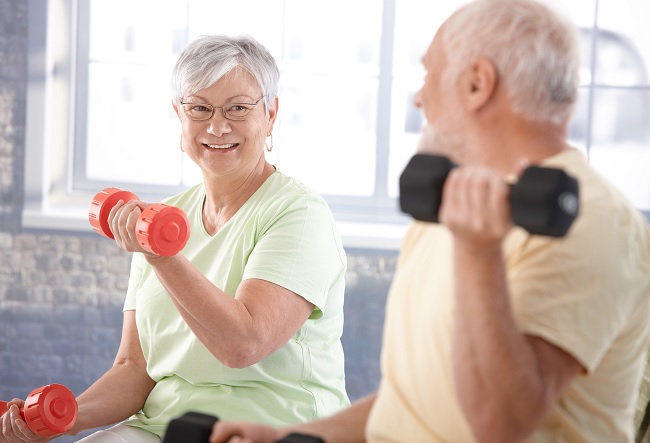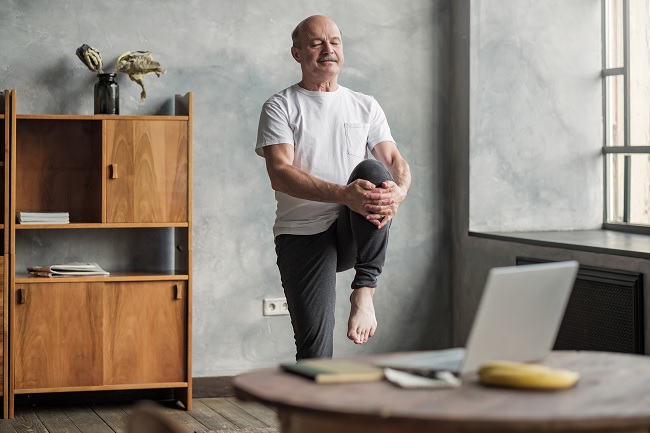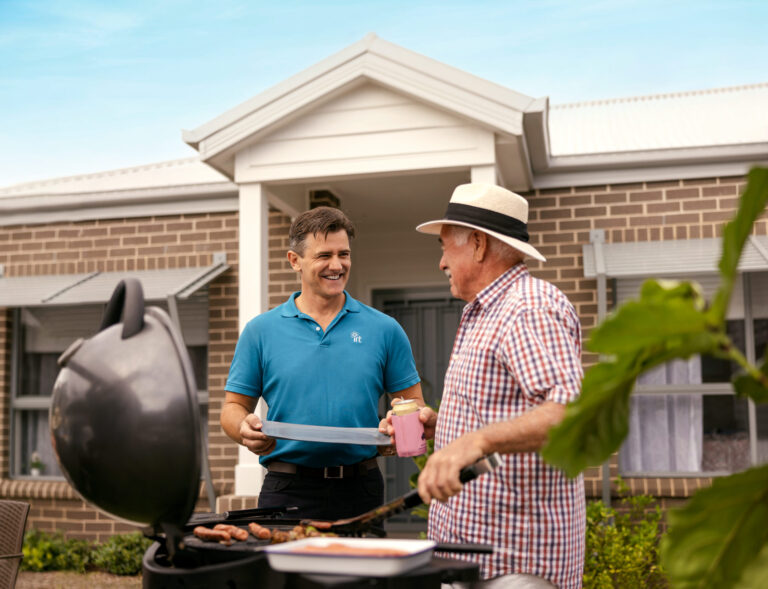Here’s what happens if you neglect your physical health
Staying fit during these times can be hard but we’ve got plenty of simple tips to help keep you active.

Staying physically active is critical but can be hard to do. It’s easy to become a couch potato, spending hours in front of the TV watching your favourite programs or movies. Of course, the temptation is to eat too many unhealthy snacks or have one too many beers or wines at the same time.
That’s why establishing and maintaining a good exercise routine is so important. Although government restrictions have eased, you might not feel comfortable returning to your previous outdoor exercise regime quite yet. But there’s still ways to keep yourself active and healthy.
For a start, taking a walk around the block is a good way to get some fresh air and you’re bound to meet some of your neighbours doing the same thing.
If the weather’s poor or you simply don’t feel like going out, you can do your exercise at home.
The Australian Government’s Department of Health has general guidelines on the activity people 65 and over should be doing. It says four types of activity are needed:
- Moderate activities – for your heart, lungs and blood vessels
- Strength activities – to help maintain bone strength
- Flexibility activities – to help you move more easily
- Balancing activities – to improve your balance and help prevent falls.
It suggests including at least one activity from each group and although some, such as water aerobics, probably can’t be done at home unless you have a pool, most of them can. You can find the complete list at Choose Health, Be Active: A physical activity guide for older Australians.
If you prefer to be guided in your exercise, YouTube offers lots of videos on workouts for older people. Ones from the Go4Life Campaign from the National Institute on Aging in the United States focus on encouraging older adults to make exercise and physical activity a part of their daily life.
Of course, it is a good idea to check with your doctor before embarking on any new exercise routine and it’s very important to listen to your body and not to push yourself too hard.

Tips for improving flexibility, balance and strength
Try to do some form of stretching every day – even if it is only while you are watching TV.
Make a specific time each day to do these exercises, or fit them in whenever you can – for example – while waiting for the kettle to boil. If you can, also try to reduce the time you spend sitting for long periods.
Stand up and sit down (or chair raise)
(for strength and balance)
Sit on a chair with your feet flat on the floor and slightly apart. Try to keep your back and shoulders straight throughout this exercise. Slowly stand up, trying not to use your hands (or as little as possible). Slowly sit back down and pause. Do this eight to 15 times.
Shoulder roll
(for flexibility)
Using a gentle circular motion, hunch your shoulders upwards, backwards, downwards and forwards. Do this slowly five times, then reverse the direction.
Knee lifts
(for strength)
Sit back in your chair with your back straight. Bend your knee and lift your left leg towards your chest. Hold for a few seconds then lower slowly. Do this eight to ten times with each leg.
Heels up toes up
(for flexibility)
While seated, start with feet flat on the floor and lift heels as high as you can, keeping the balls of your feet on the floor. Slowly lower heels until feet are flat, then lift toes until they point upwards. Repeat these up and down movements for 30 seconds.
Side leg raises
(to improve both strength and balance)
Stand sideways to the bench and hold on with your right hand to support yourself. Slowly take your left leg out to your left side. Keep your back and both legs straight. Hold the position for one second then slowly lower. Repeat eight times at first, increasing to 15. Turn around and hold on with your left hand while you raise your right leg.
Half squats
(to improve leg strength)
Stand facing the bench with your feet apart (about shoulder width), feet facing forward and holding on with both hands. Leaning very slightly forward, but keeping your back straight, slowly bend both legs, keeping your knees over your feet. Do not go down too far. As you return to the up position, squeeze your buttocks together as if there is a $5 note between them that you don’t want to drop. Repeat eight times at first, increasing to 15.
Heel raises
(for strength and balance)
Stand sideways to the bench, feet apart (shoulder width) holding on with one hand to support yourself. Slowly rise up on to your toes, hold for one second and lower again. Do this eight times to begin with, increasing to 15. Make sure your movements are not rushed.
Source: Australian Government Department of Health


Make the most of your retirement with IRT
If you’re interested in downsizing your house and upsizing your life, IRT has more than 30 retirement villages across NSW, Qld and ACT. Find out more about the possibilities of village life and how one of our independent living communities can suit you and your unique needs.
Find out moreYou may also like
10 foods that fight inflammation of joints (arthritis)
At present, there is no cure for arthritis, but one way you can try to manage arthritis-related conditions is through diet.
Home Care Package funds: what can they be used for?
A Home Care Package is a coordinated package of care and services to help you to live independently in your own home for as long…

